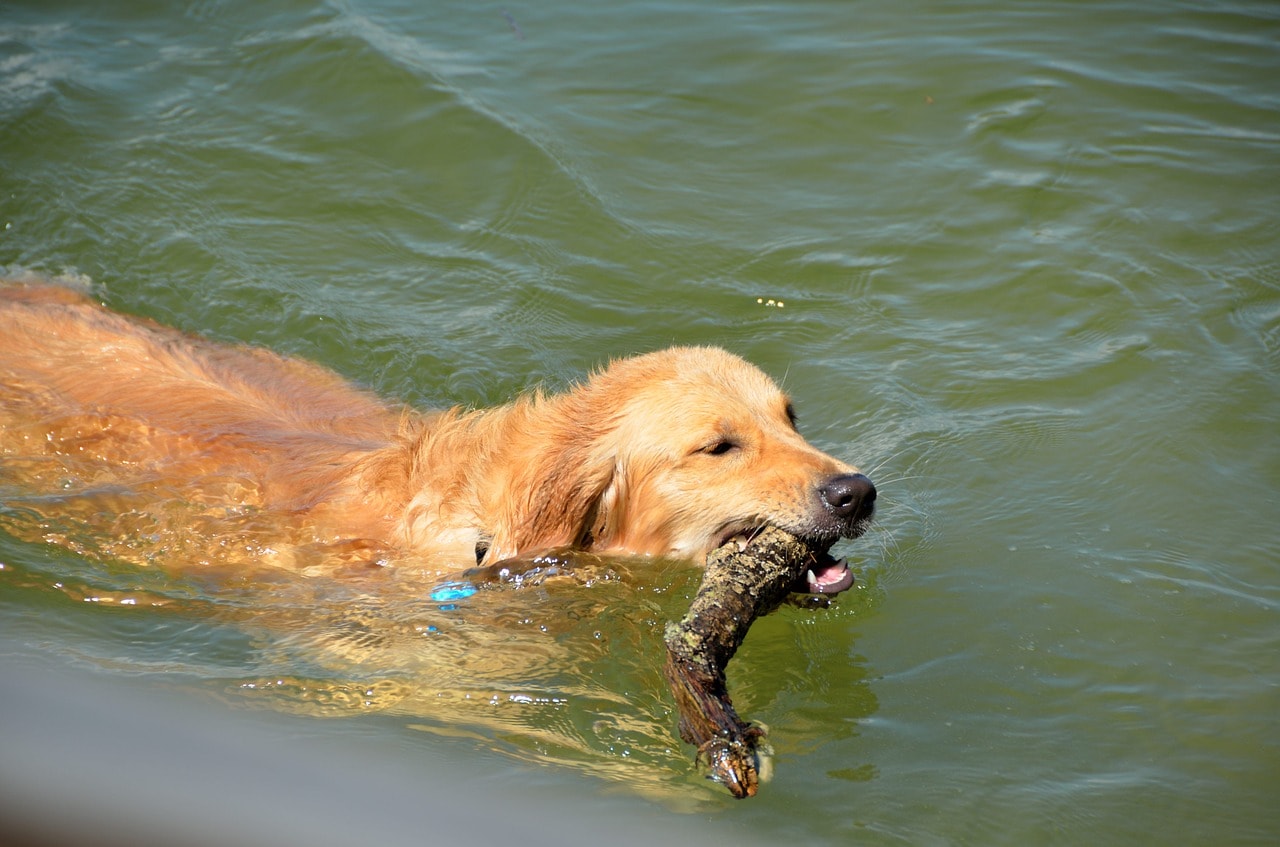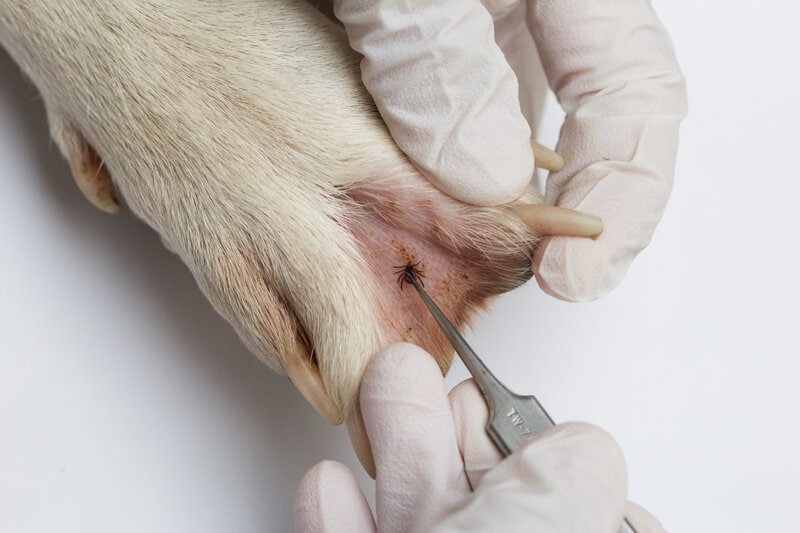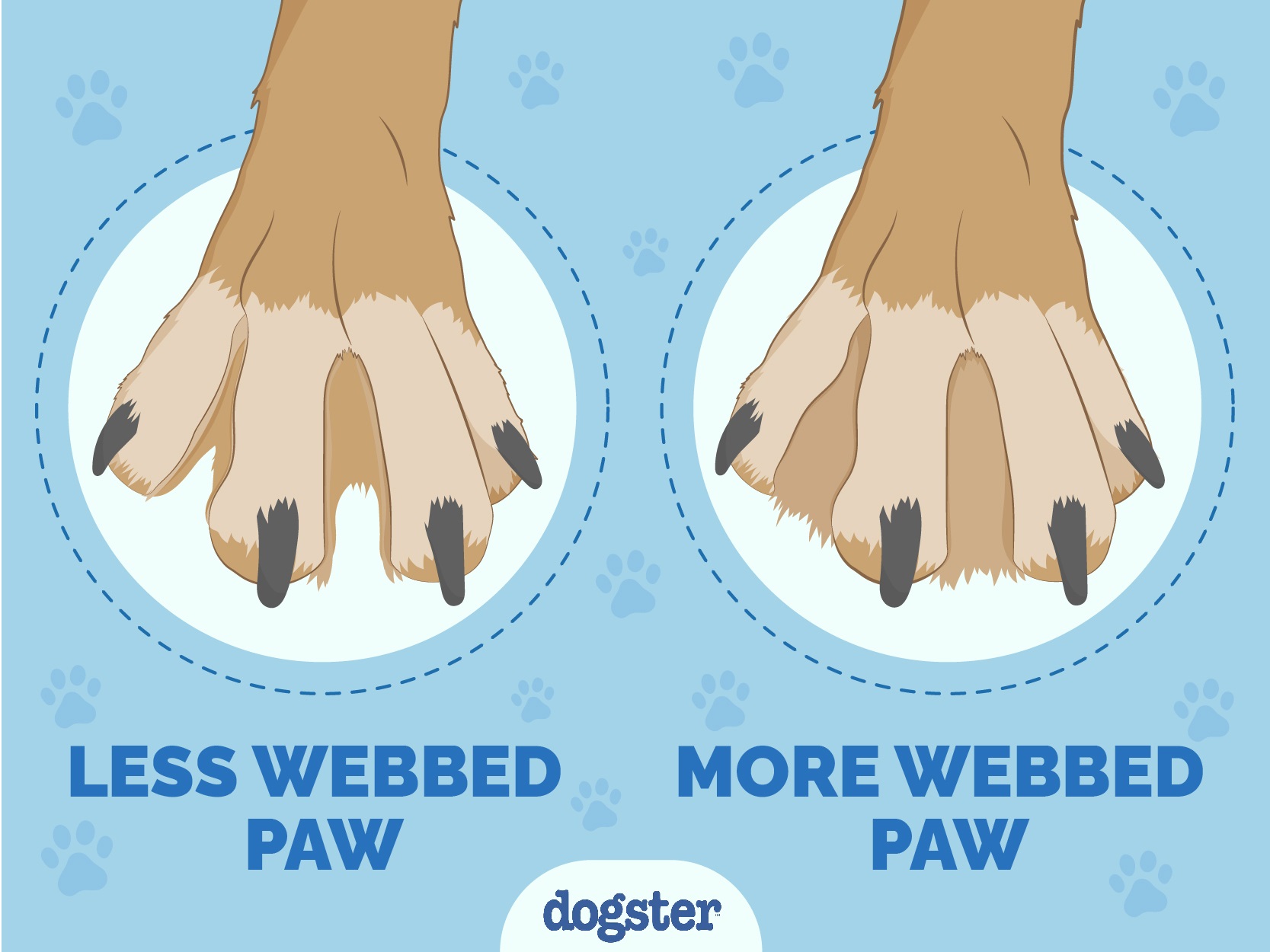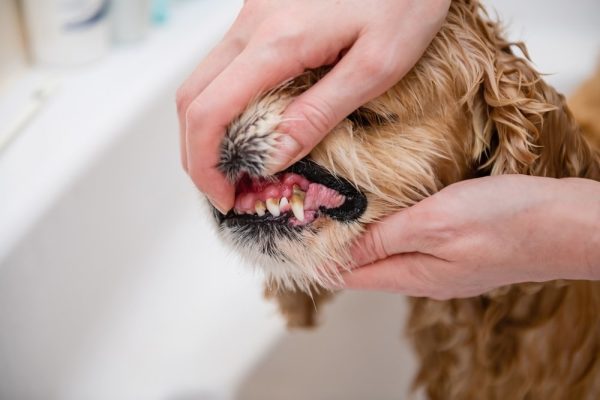In this article
View 3 More +Golden Retrievers were bred for swimming. When hunters shot down a waterfowl, these beautiful dogs would go and fetch it, no matter what the terrain was like. Today, all Golden Retrievers have a unique adaptation for spending time in the water: webbed feet. The partial webs in their paws help them move through the water more easily.

Why Do Golden Retrievers Have Webbed Feet?
Every breed has its own history, and the specific things that dogs were used for in the past influenced their appearance and personality traits. Running breeds have lean, muscular bodies and long legs, while guard dogs and fighting dogs are strong and stocky. Some breeds were developed with a specific appearance in mind. Desired traits make every breed unique!
Golden Retrievers were bred as hunting retrievers. They needed to be great at moving through all kinds of terrain, especially wetlands. Dogs that were better at moving through the water made better retrievers. So, if a dog happened to be born with small webs between their toes, that would be a big advantage! Over time, this trait spread throughout the breed.

Advantages of Having Webbed Feet
The biggest advantage to having webbed feet is swimming. Ducks, geese, and other waterfowl are famous for their big, paddle-shaped feet that help them glide through the water. Webbed feet act like oars or paddles in the water. Each movement of your dog’s paws will push them farther and more smoothly. That makes a big difference in swimming!
There are other reasons that webbed feet can have advantages. If your Golden Retriever is a champion hole digger, the webs might be the reason. Just like they can move water quickly and easily, webbed feet can also help your dog move dirt. Their paws act more like shovels than rakes, helping them dig faster and harder.
Many Golden Retriever owners also report that their dogs use their webbed feet to travel through rough terrain easily. They say that the webs help them grip uneven rocks with their paws so they don’t slip and can navigate without trouble.
Are There Drawbacks to Webbed Feet?
Although webbed feet are great, they do have a few drawbacks. The biggest one is that the webs can get cut or infected. If your dog steps on something sharp, there’s more tender skin there to get injured. The webbing between feet means there are more folds and space for dirt and moisture to get trapped. This results in an increased tendency to develop fungal or bacterial infections, as the warm, moist microenvironment in the webbing can encourage the growth of these organisms. The folds also provide a hiding place for parasites like ticks. Regularly cleaning and drying the folds between your dog’s webbed feet helps prevent infections.

How to Tell If Your Dog Has Webs
If you have a Golden Retriever or another breed that can have webbed feet, you can easily tell if your dog has webs. Gently pull apart two of your dogs’ toes. For most dogs, there will just be a small flap of skin connecting the two toes at the base—like the flap of skin between your thumb and index finger. That’s not a sign of webbed feet.
Many Golden Retrievers will have a larger flap of skin that extends past the joints of the toes. Some dogs may even have webs that connect their toes all the way up to the nails! When checking for webbed feet, make sure to check every toe. Some dogs only have webs on a few toes per foot, and some only have webs on the front or back paws.


Last Thoughts
Webbed feet offer a great swimming advantage to dogs. Although many Golden Retrievers these days are not duck hunters, they still appreciate a good romp in the water. If your dog has webbed feet, know that they’re displaying a unique part of this breed’s heritage.
Featured Image Credit: Chendongshan, Shutterstock


















